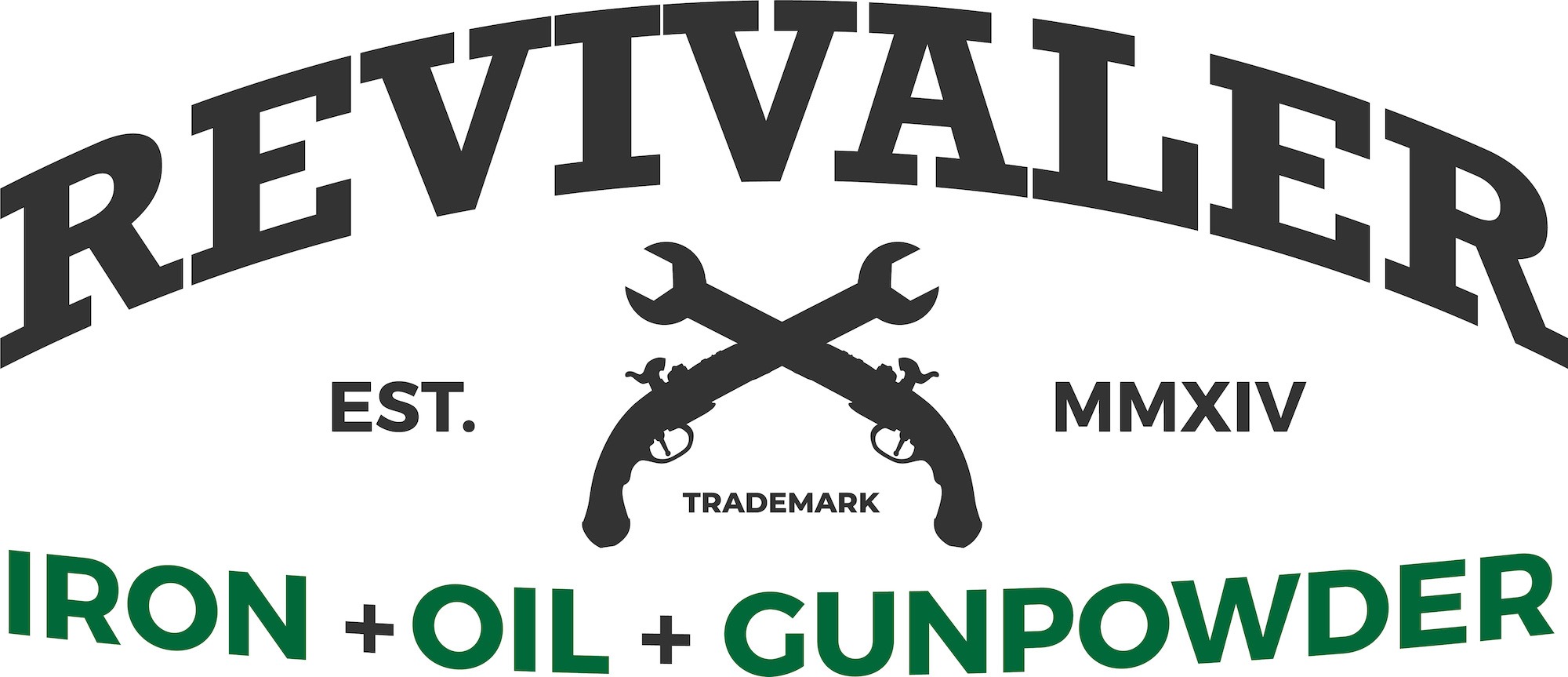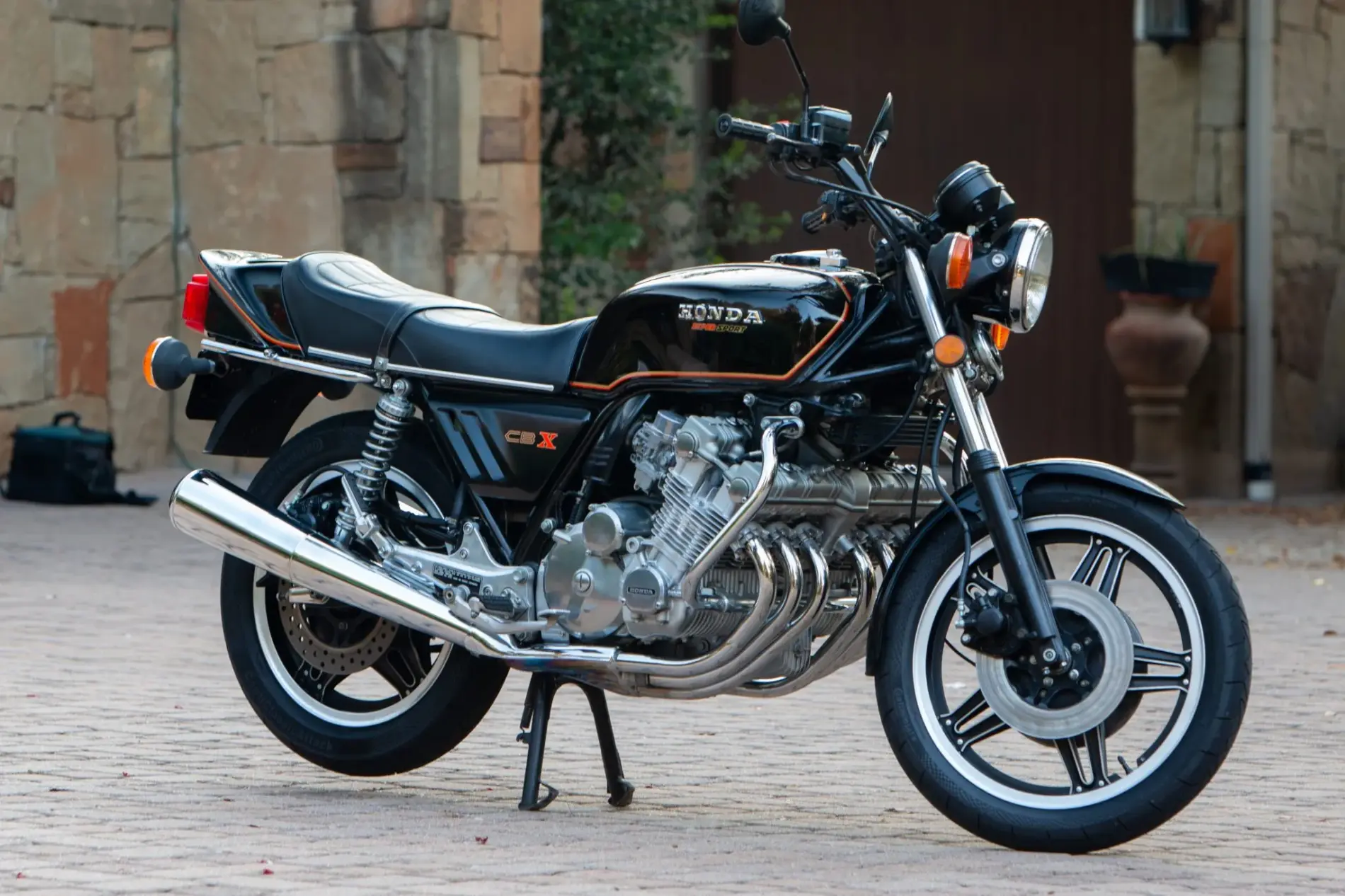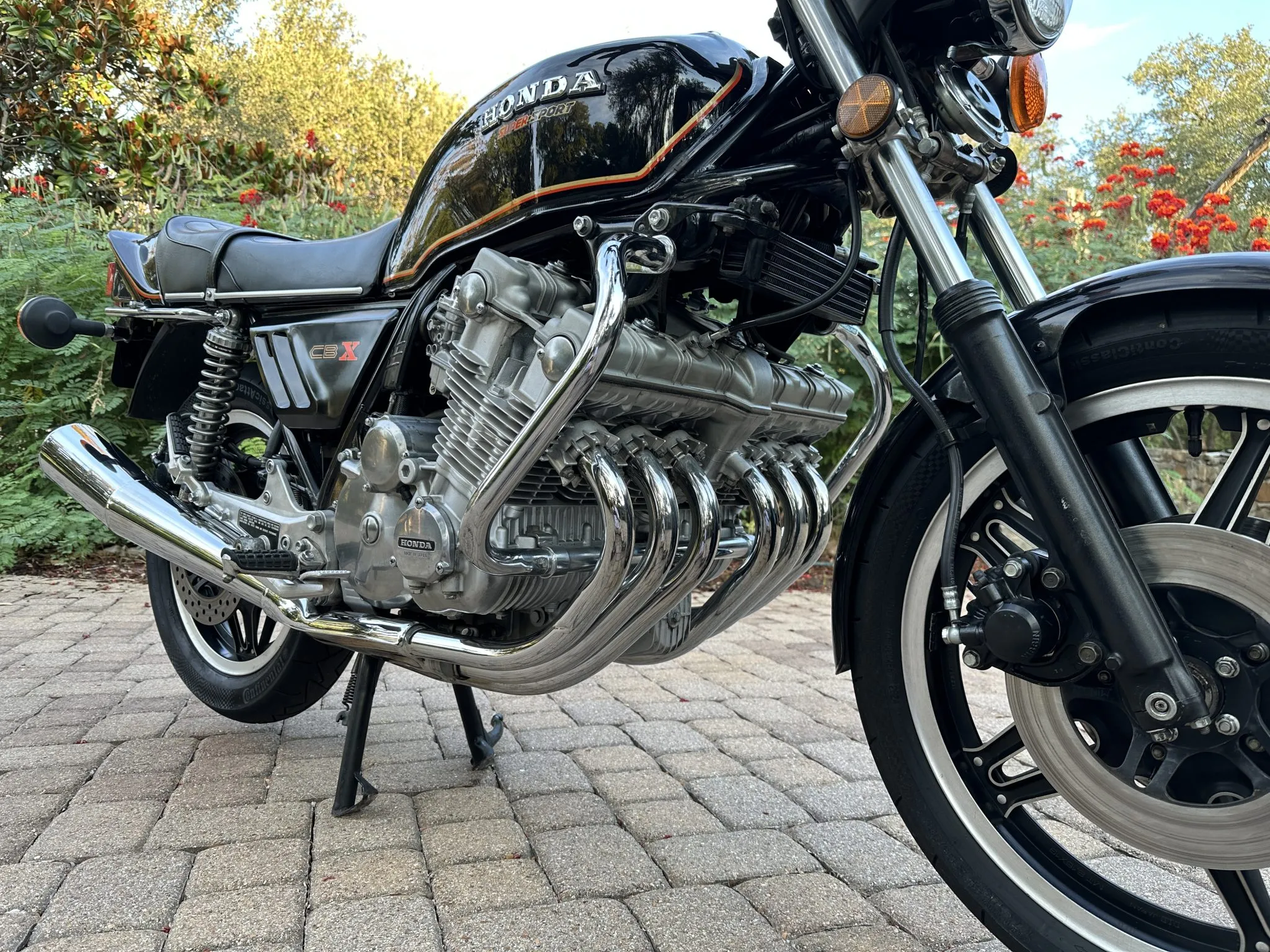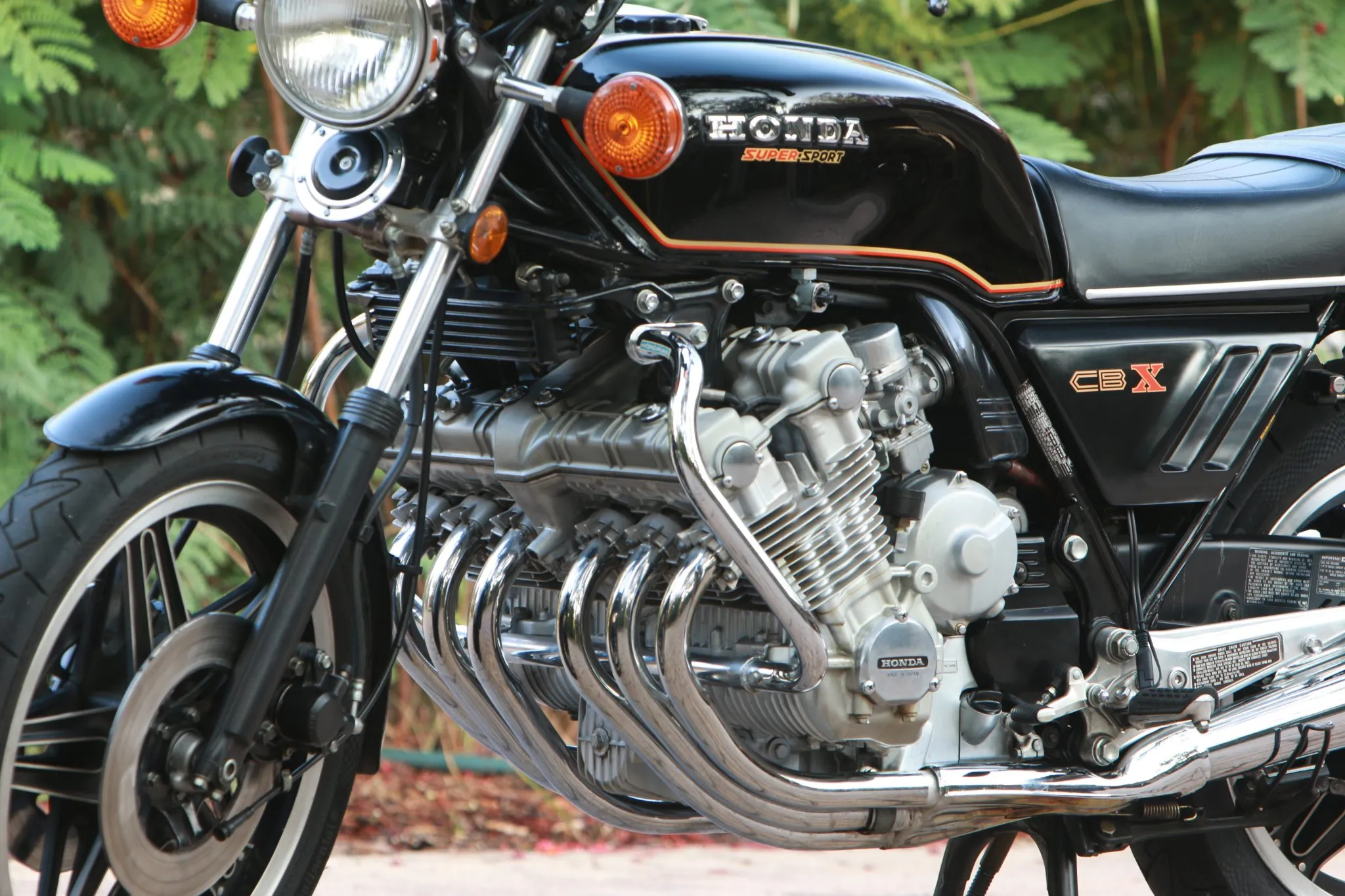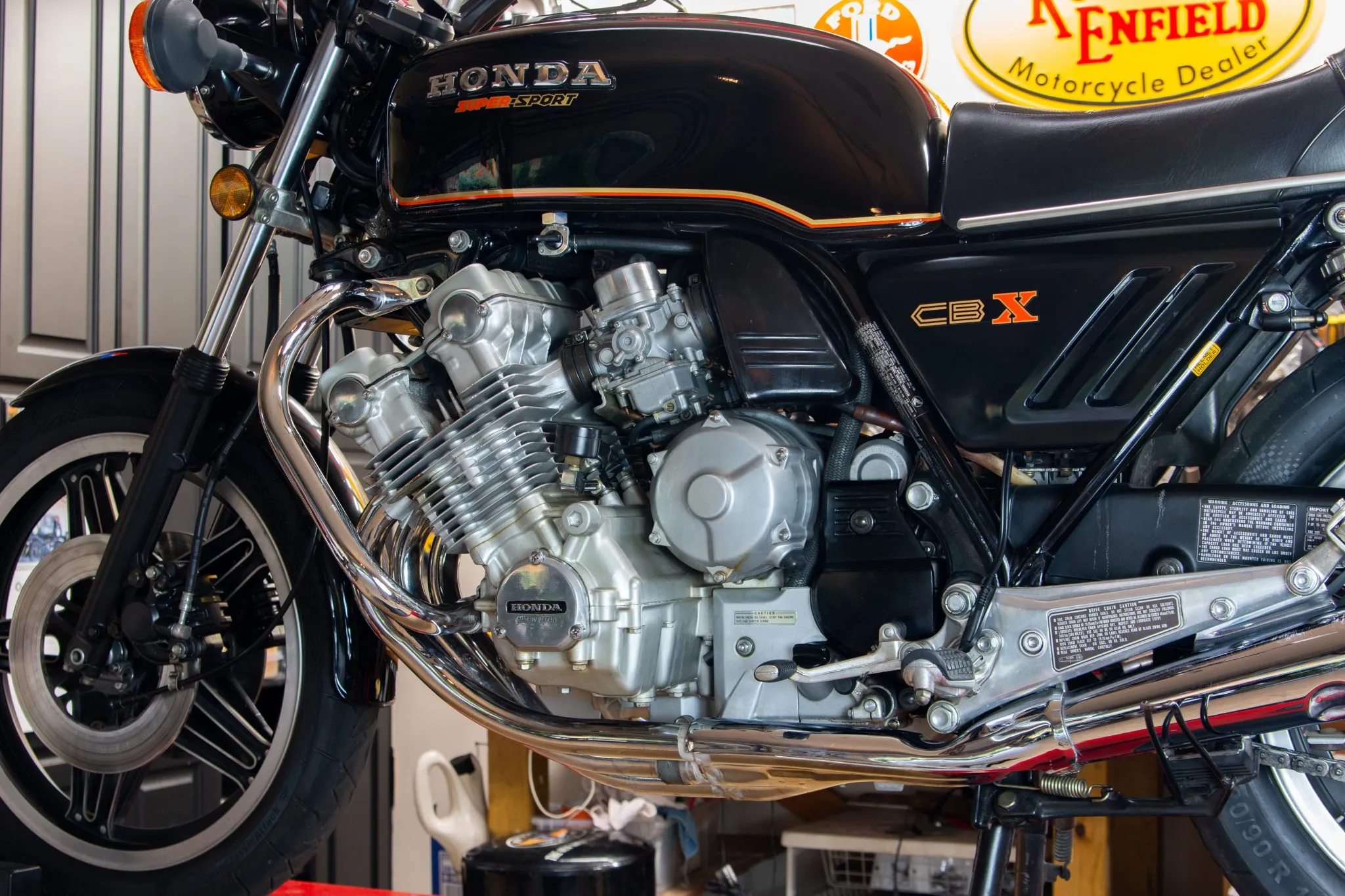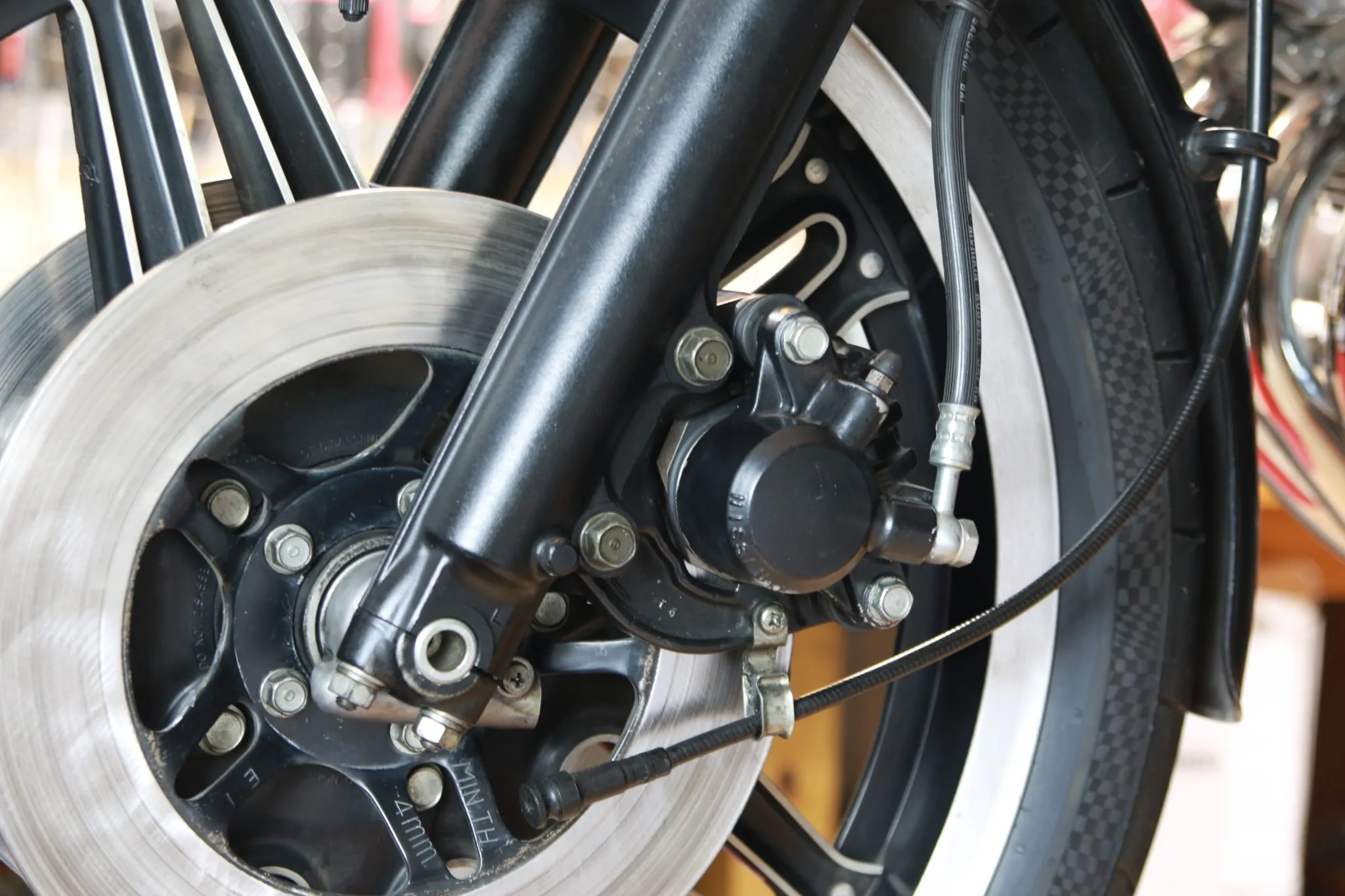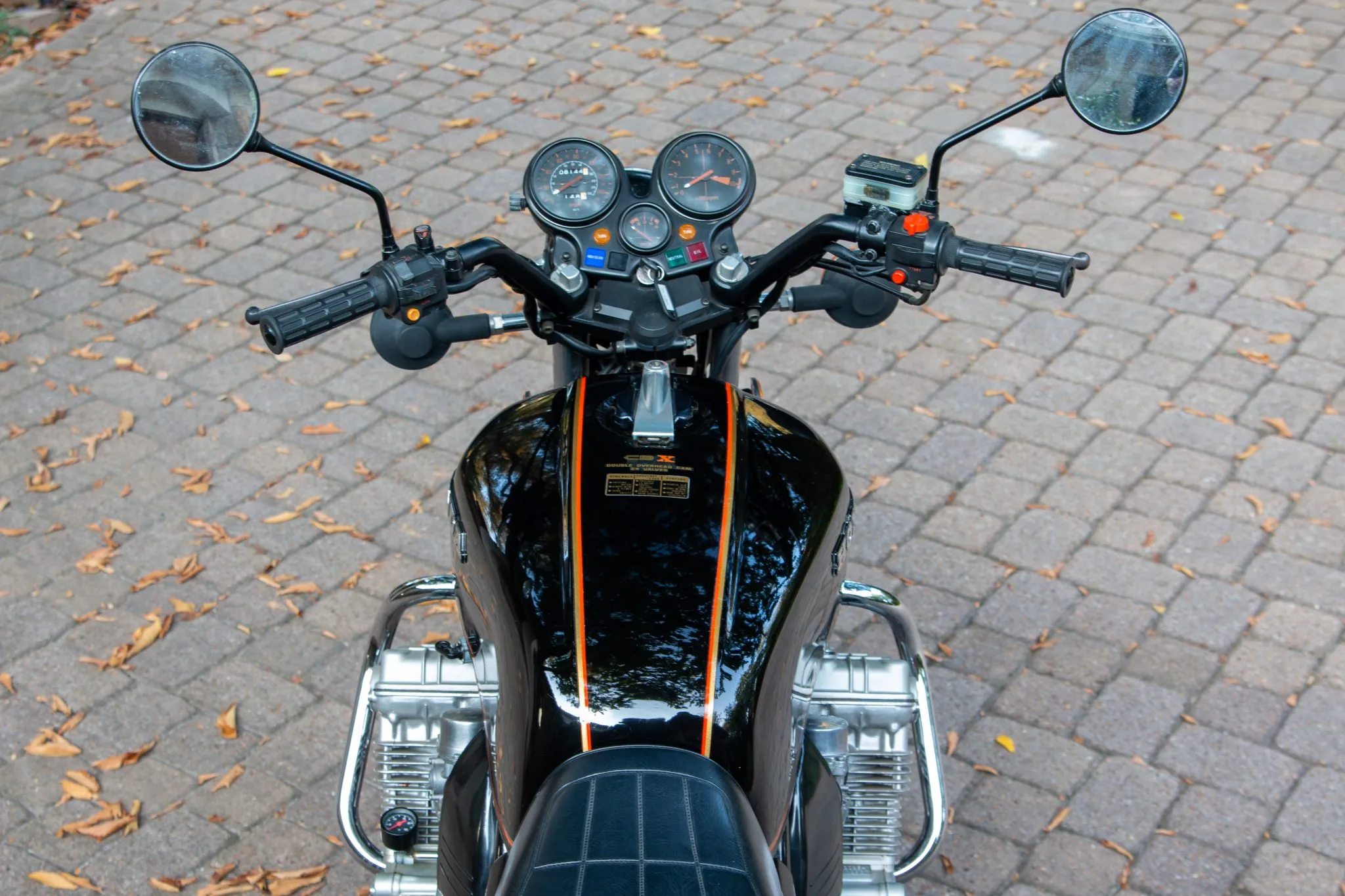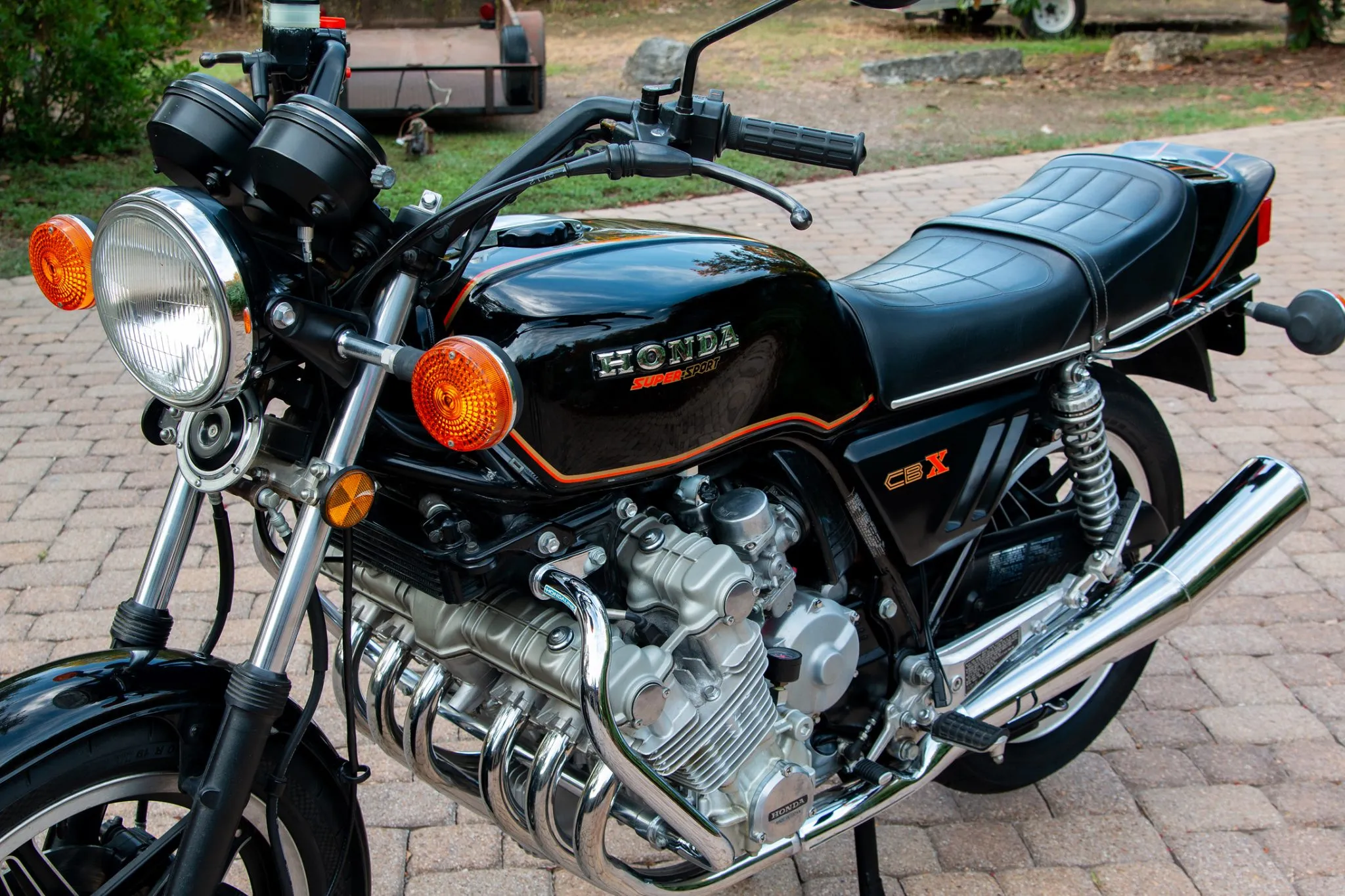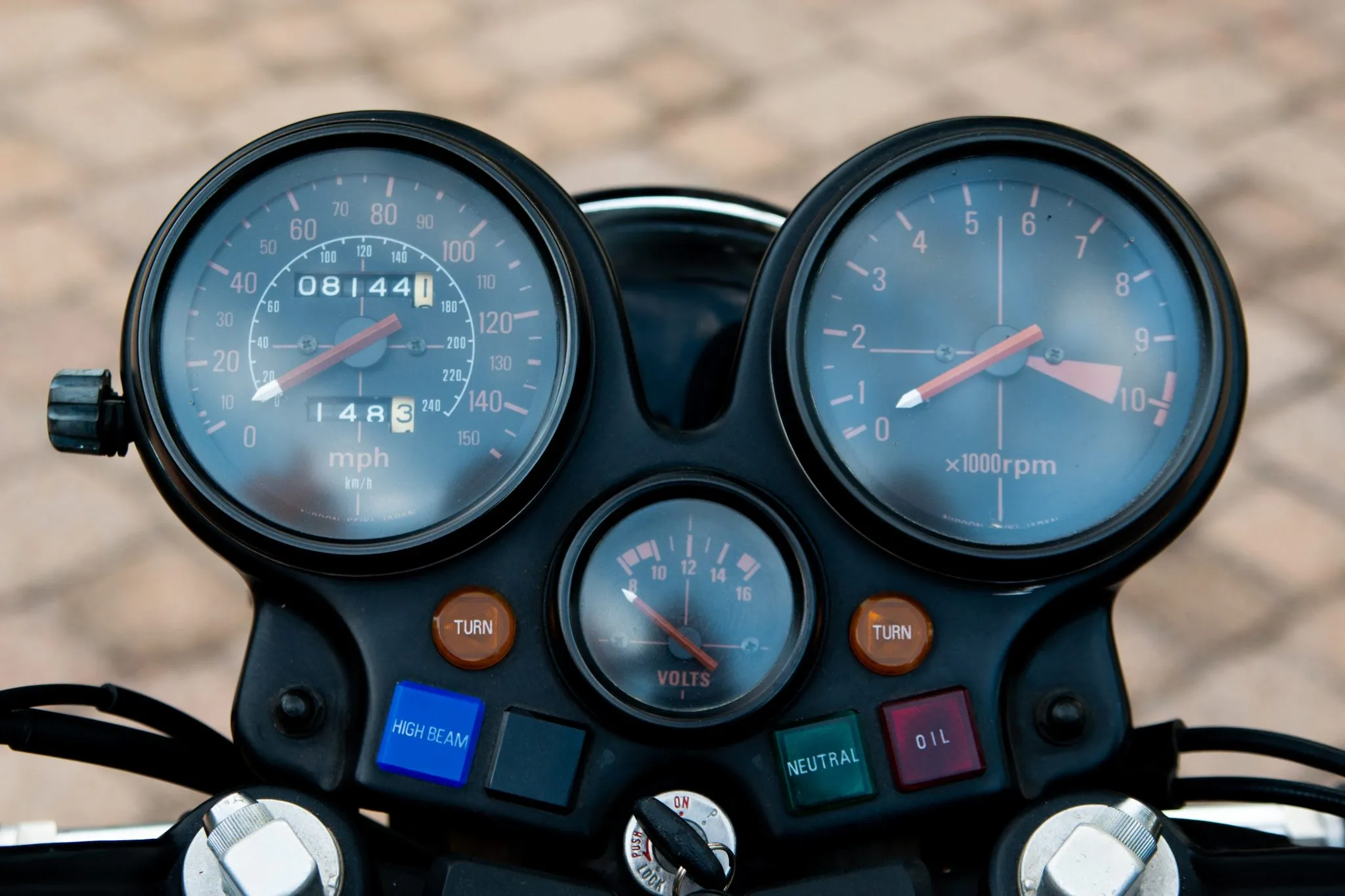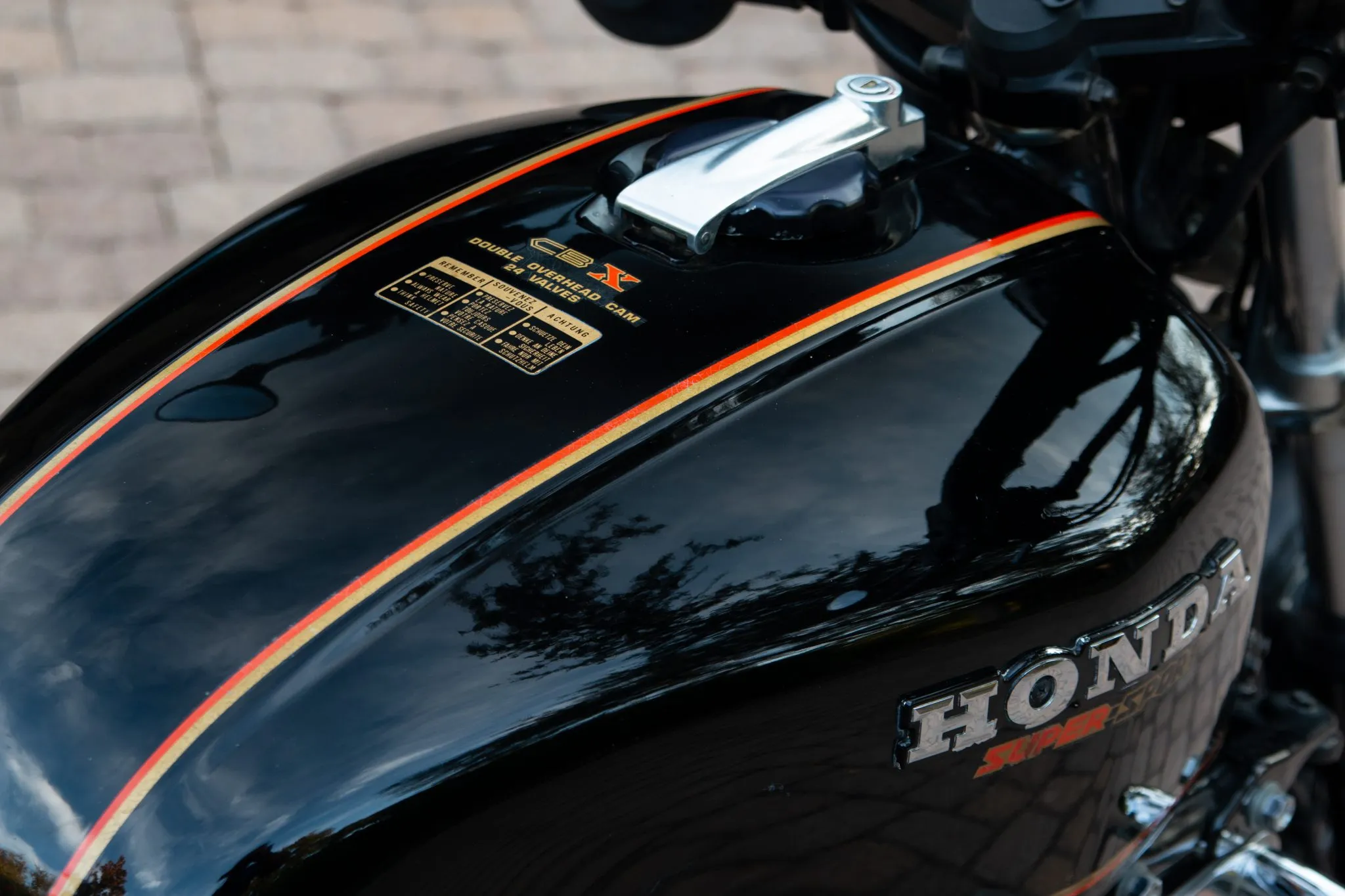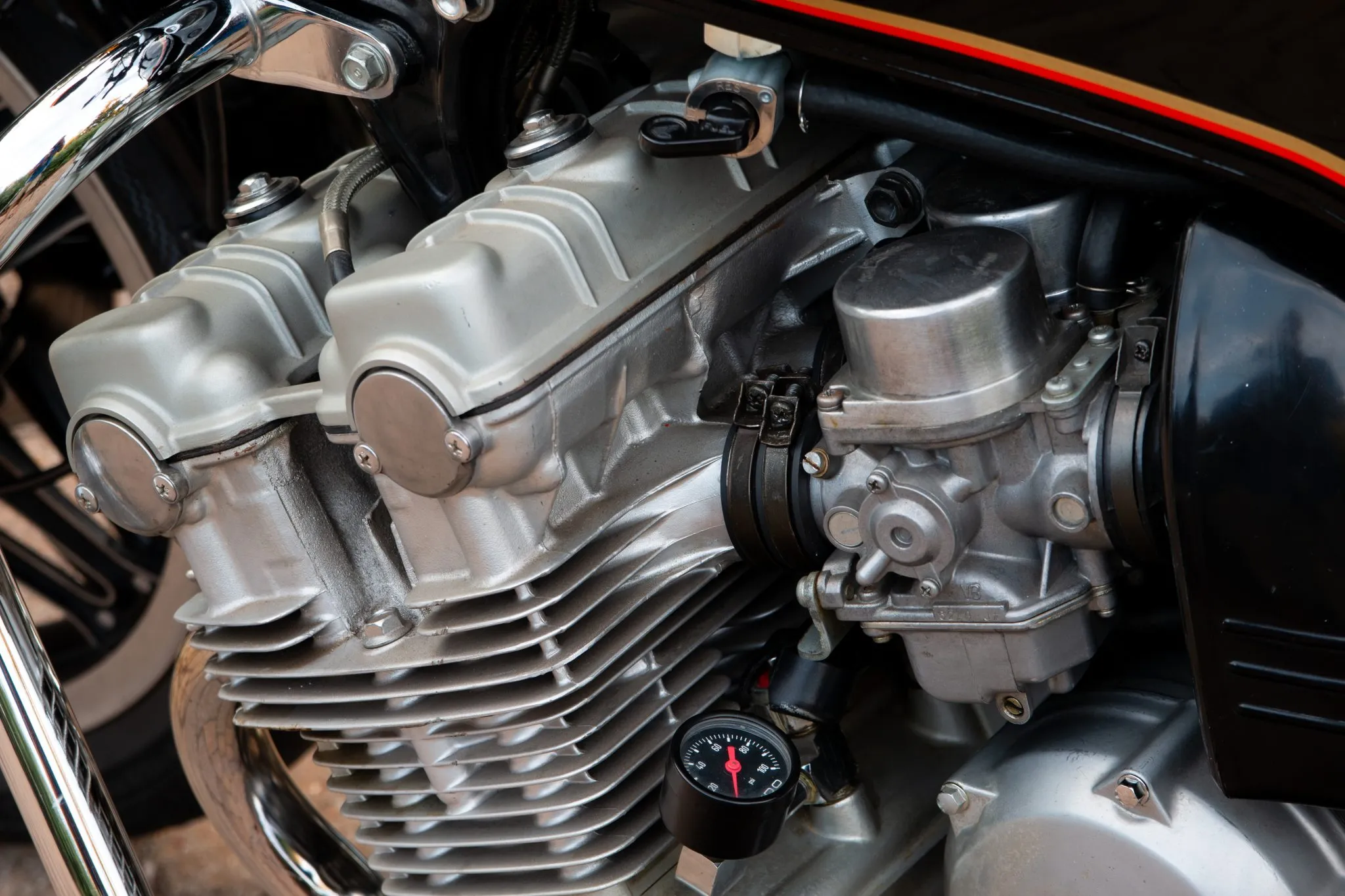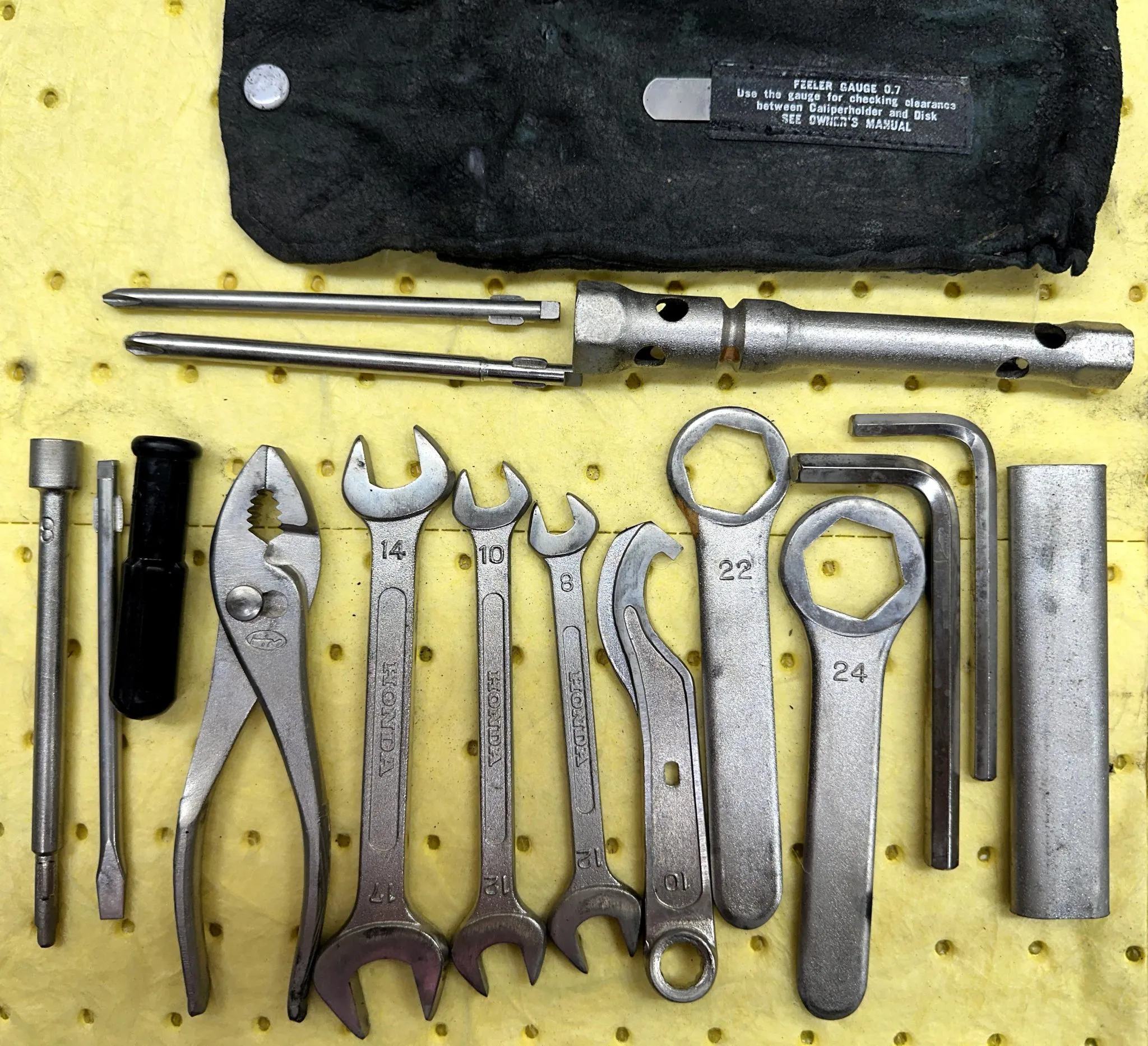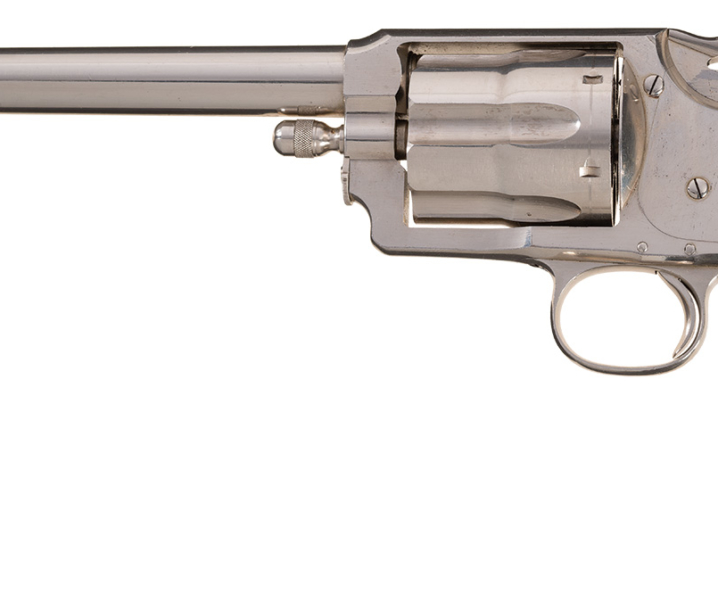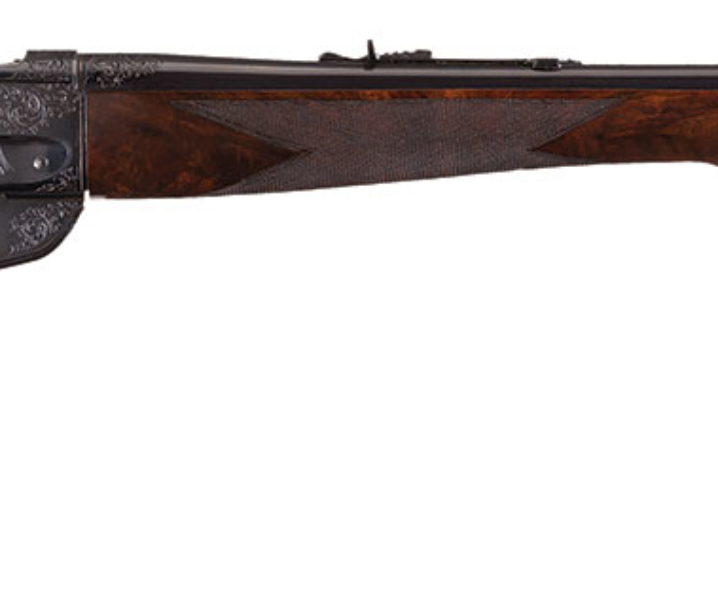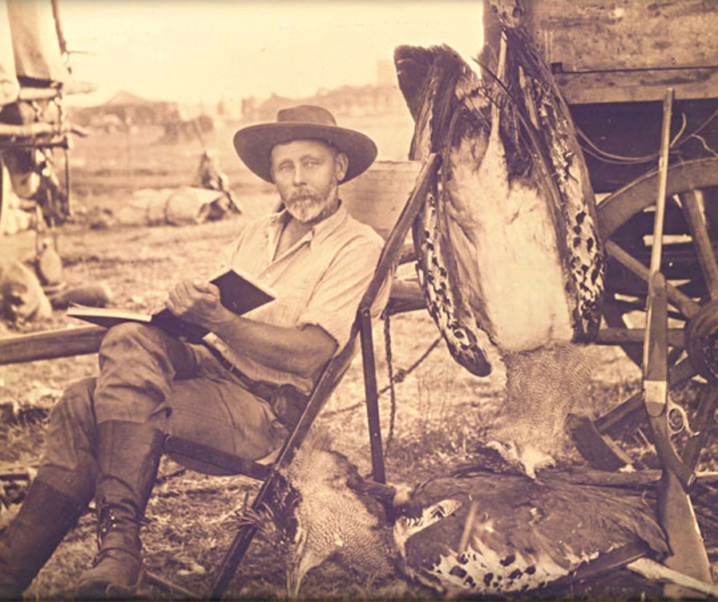The six cylinder Honda CBX might be thought of as “the Duesenberg of motorcycles”. Built to be the fastest motorcycle of its time it delivered that speed in a refined bike whose performance outshone its peers.
Fast Facts
- The Honda CBX Super Sport was the result of Honda’s design and engineering team being tasked with creating the fastest production motorcycle in the world – they succeeded.
- The CBX Super Sport – sometimes called the CBX1000 – was capable of a top speed of around 140 mph.
- The bike was powered by a DOHC 24 valve inline six cylinder engine which, despite the width of the engine, was only 50mm wider than its four cylinder super bike siblings.
- One of these bikes, a 1980 CBX Super Sport, is for sale on Bring a Trailer at time of publication.
The Honda CBX Super Sport was a bike that appealed to a niche audience: to riders who were looking for large doses of power, power that was smooth and delivered from the one of the most technically advanced engines made.
An inline six cylinder engine is one of the smoothest you can get and so when Honda decided they wanted to create a high performance motorcycle that would satisfy even the most “wide eyed Mr. Hyde” adrenaline laced speed aficionado that was the sensible choice.
This was to be a bike for the rider who wanted speed delivered in a smooth and sophisticated package in a machine that also delivered the “boring reliability” that Honda had become famous for.
The Honda CBX is a bike that George Brough, the creator of the Brough Superior “the Rolls Royce of motorcycles” would have delighted in, a bike that his most famous customer T.E. Lawrence (aka. Lawrence of Arabia) would have loved.
If the Brough Superior was considered to be “the Rolls Royce of motorcycles” then the Honda CBX might be thought of as “the Duesenberg of motorcycles”: and it really was a “Duesy”.
The inline six cylinder engine boasted double overhead camshafts and double valves (i.e. four valves per cylinder). Engine capacity was 1,047 cc (63.9 cu. in.) with a compression ratio of 9.3:1, and power a respectable 100-105 hp @ 9,000 rpm. Torque was 63 lb/ft @ 8,000 rpm.
The engine breathed through six Keihin VB 28 mm carburettors drawing fuel from a 20 liter (5.3 gallon) fuel tank: and the engine delivered its power to the rear wheel via a multi-plate wet clutch, five speed gearbox and chain drive.
The top speed of the CBX was rated between 134-140 mph (216-225 km/hr) which was, I think, more than enough for most who might be tempted to discover this for themselves.
The design of the CBX was completely Honda conventional with the exception of the relocation of ancillary engine parts to reduce the width of the engine down to an acceptable dimension.
To achieve this Honda located the alternator and transistorized ignition components behind the engine resulting in the six cylinder being only 50 mm wider than the four.
For stopping power the CBX featured twin 276 mm front discs and a single 296 mm disc at the rear.
The frame and suspension were kept very conventional resulting in the bike being not as nimble as it could have been. But the CBX was transformed into a sport touring bike in 1981 as the CBX-B, giving the engine a slight de-tune down to 98 hp and giving the bike a Pro-link monoshock rear suspension along with styling changes.
Front suspension was by 35mm air assisted telescopic forks with triple-rate spring, providing 160mm travel.
The rear suspension was by FVQ dampers.
A 1980 Honda CBX – i.e. the sports model that pre-dates the sport touring model, is up for sale by Bring a Trailer at the time of publication.
This bike has 19 inch and 18 inch ComStar alloy wheels shod with Continental Classic Attack tires, and a two-up seat along with the standard fittings.
Suspension on the sale bike consists of an air-adjustable fork in addition to a pair of chrome preload-adjustable shocks attached to the swingarm.
You will find the sale page for this 1980 Honda CBX if you click here.
The Honda CBX was one of the most outstandingly interesting motorcycles of its era. In the motor cycle press it was described as a “breakthrough for the Japanese motorcycle industry”. Honda’s design and engineering team undeniably created a technological masterpiece, very much like a “Brough Superior” of the 1980’s.
Perhaps they could have called it the “Honda Superior”.
Picture Credits: All pictures courtesy Bring a Trailer
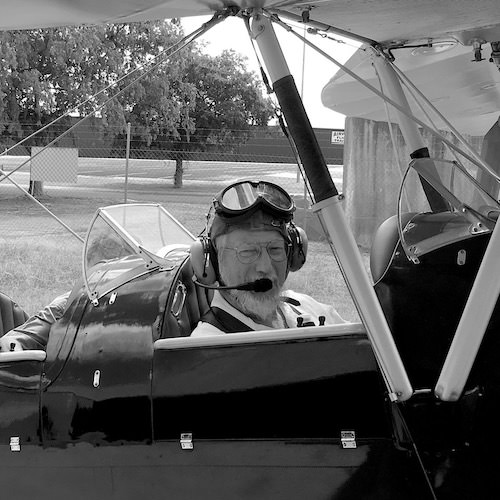
Jon Branch is the founder and senior editor of Revivaler and has written a significant number of articles for various publications including official Buying Guides for eBay, classic car articles for Hagerty, magazine articles for both the Australian Shooters Journal and the Australian Shooter, and he’s a long time contributor to Silodrome.
Jon has done radio, television, magazine and newspaper interviews on various issues, and has traveled extensively, having lived in Britain, Australia, China and Hong Kong. His travels have taken him to Indonesia, Israel, Italy, Japan and a number of other countries. He has studied the Japanese sword arts and has a long history of involvement in the shooting sports, which has included authoring submissions to government on various firearms related issues and assisting in the design and establishment of shooting ranges.
